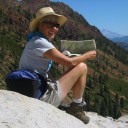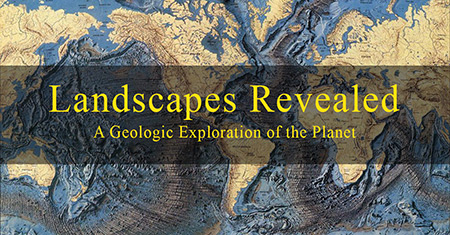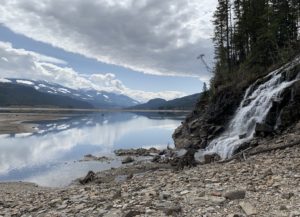Why are there so many hot springs in southeastern British Columbia?
When the Pacific NW chapter of the American Association for Women Geoscientists (AWG) announced a new field trip—"Southeast British Columbia (BC) Hot Springs Geology Tour"—I eagerly signed on! The 12-day trip promised we would "spend our days looking at geology and our evenings soaking in hot water! But I wondered—natural hot springs are most commonly found in areas of active...
About the Blogger
 Karen (here with Mt. Shasta in background) is a geology professor emerita who aims to provide a "pocket geologist" for world travelers. Follow the blog to explore the landscapes of our planet and figure out what causes them to look the way they do.
Karen (here with Mt. Shasta in background) is a geology professor emerita who aims to provide a "pocket geologist" for world travelers. Follow the blog to explore the landscapes of our planet and figure out what causes them to look the way they do.


